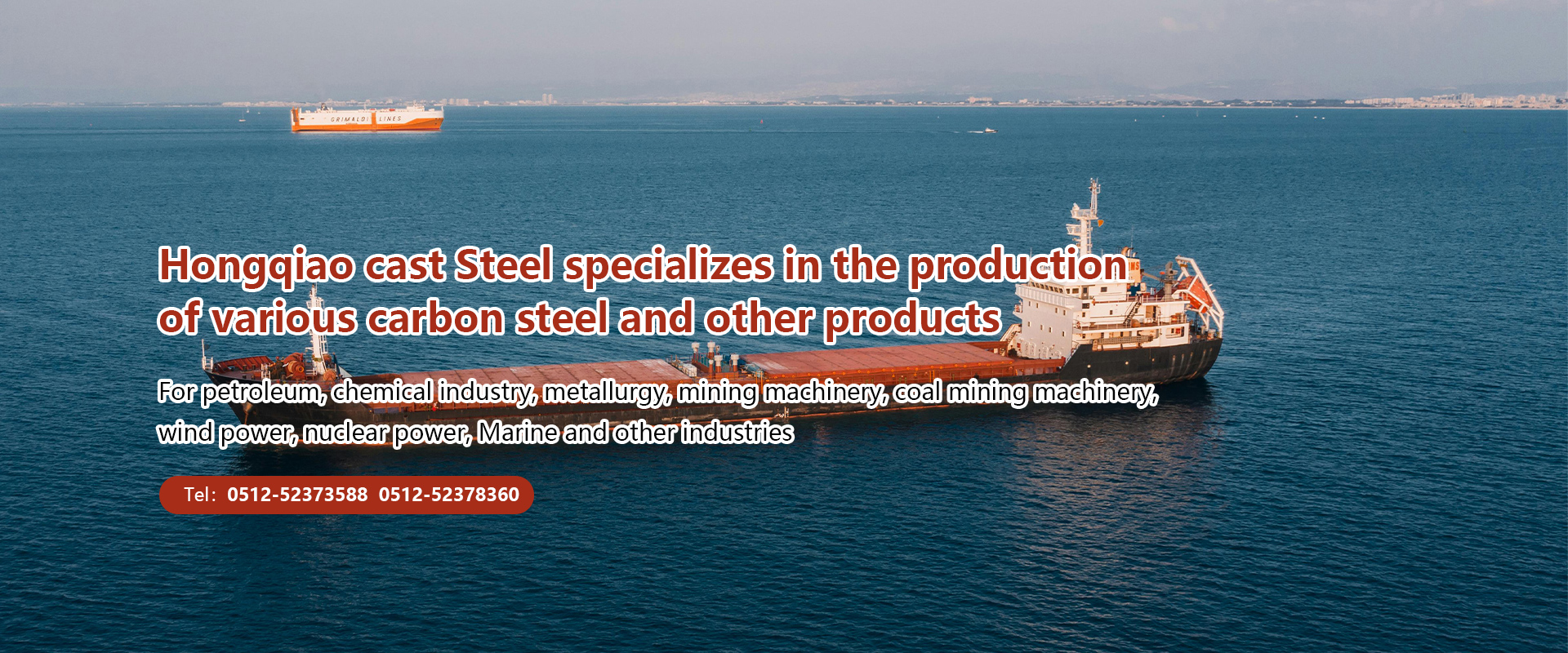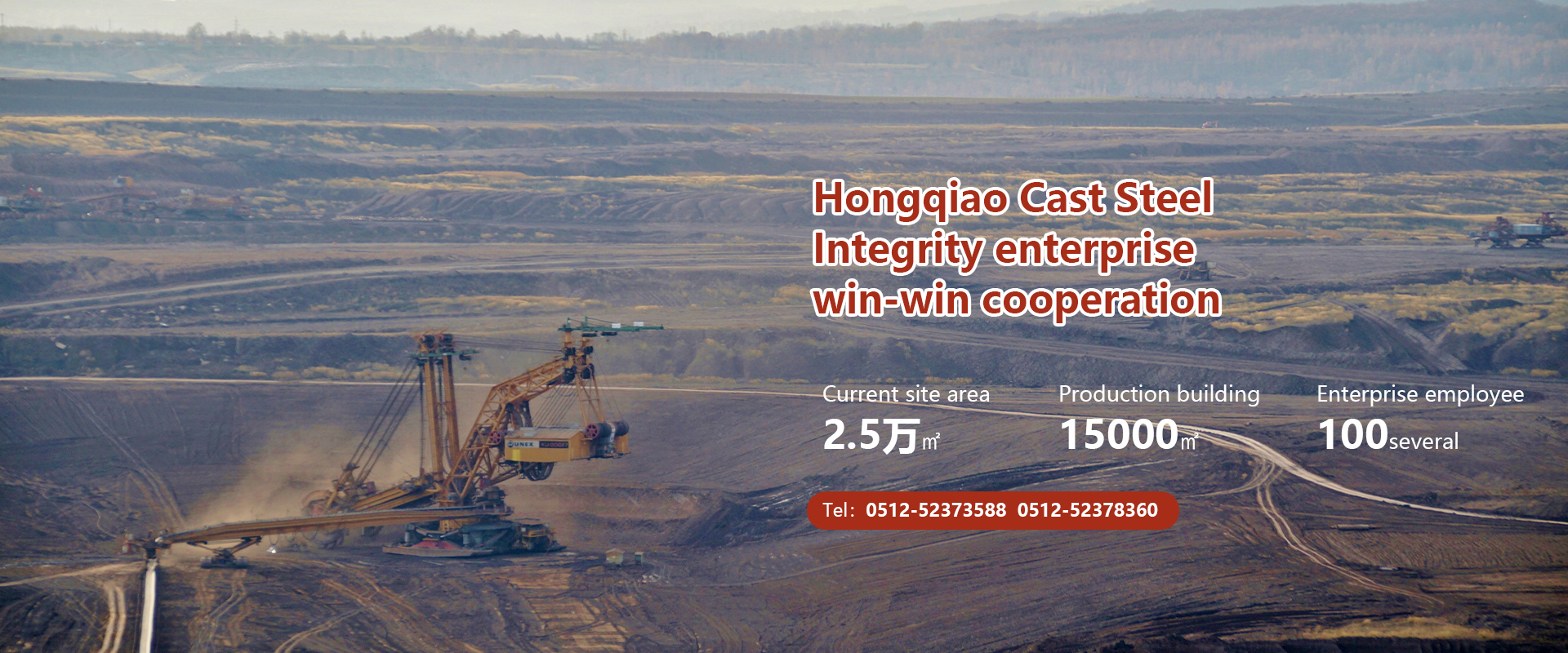Customized cast steel parts for ships: Cast steel has higher mechanical properties than cast iron, but its casting performance is inferior to cast iron. Due to the high melting point of cast steel, the molten steel is prone to oxidation, the fluidity of the steel is poor, and the shrinkage is large. Its body shrinkage rate is 10-14%, and the linear shrinkage is 1.8-2.5%. To prevent defects such as insufficient casting, cold shut, shrinkage and porosity, cracks, and sand sticking in cast steel parts, more complex process measures must be taken than cast iron. 2. Due to the significant shrinkage of cast steel compared to cast iron, measures such as risers, cold iron, and subsidies are mostly used in the casting process to prevent shrinkage and porosity defects in castings, in order to achieve sequential solidification.
In addition, to prevent shrinkage, porosity, porosity, and crack defects in cast steel parts, the wall thickness should be made uniform, sharp corners and right angle structures should be avoided, sawdust should be added to the molding sand, coke should be added to the core, and hollow cores and oil sand cores should be used to improve the yielding and permeability of sand molds or cores.
(1) The melting point of cast steel is high, and correspondingly, its pouring temperature is also high. At high temperatures, the interaction between molten steel and casting materials can easily lead to sand sticking defects. Therefore, artificial quartz sand with high fire resistance should be used as the casting mold, and a coating made of quartz powder or zirconium sand powder should be brushed on the surface of the casting mold. To reduce gas sources, improve the fluidity of molten steel and mold strength, most steel castings are cast using dry or fast drying molds, such as CO2 hardened water glass sand molds.
(2) The cold welding machine for repairing casting/die-casting defects can deposit, seal, and repair defects such as wear, scratches, porosity, cracks, defects, deformation, reduced hardness, sand holes, and damage on metal workpieces. Simple operation, low heat input, no heat input during the instant process of welding, so the mold does not deform, anneal, bite or residual stress, and does not change the metal structure of the mold or product. High repair accuracy, with coating thickness ranging from a few micrometers to a few millimeters, requiring only polishing and grinding. It can also perform various mechanical processing such as turning, milling, planing, grinding, as well as post-processing such as electroplating. Can work for a long time.
Changshu Hongqiao Cast Steel Co., Ltd. mainly produces various specifications of carbon steel, high, medium and low alloy steel, stainless steel, heat-resistant steel, high manganese steel, and high chromium cast iron. We provide high-quality cast steel parts for industries such as petroleum, chemical, metallurgical, mining machinery, coal mining machinery, wind power, nuclear power, and marine. We also offer customized marine cast steel parts, ABS marine engineering services, and cast steel for export overseas.





